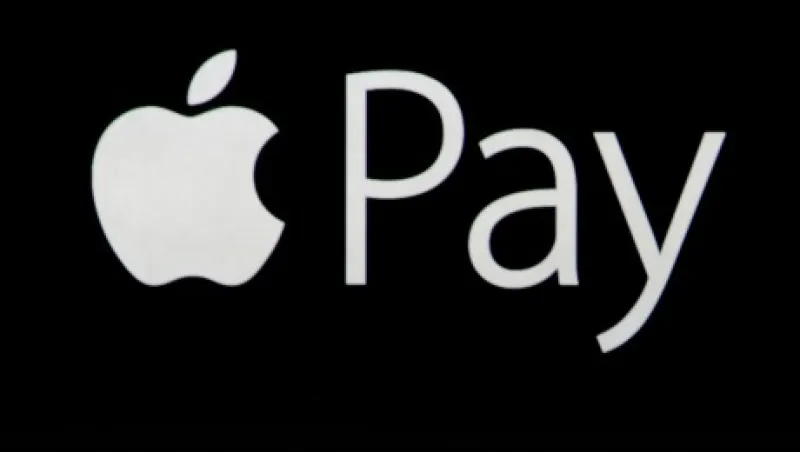The National Retail Federation predicts that the average American consumer will do 44 percent of his or her holiday shopping online this year. That’s the highest level ever forecast by the Washington-based trade association. But even as online retailers are attracting more and more consumer dollars, technological enhancements are improving the traditional bricks-and-mortar experience for many shoppers.
The latest entrant into the field is Apple Pay, a digital wallet that was introduced in late October. The mobile payments service, currently available only on select Apple devices, including the iPhone 6 and iPad Air 2, is accepted at some 225,000 retail outlets coast to coast. McDonald’s Corp., Walgreen Co., Whole Foods Market and Winn-Dixie Stores are among the companies that support the platform.
Tien-Tsin Huang, the top-ranked analyst in the Computer Services & IT Consulting Space on the 2014 All-America Research Team, believes that it will be a game changer.
“We expect Apple Pay to be one of if not the most popular mobile wallet solution used at the point-of-sale this holiday season,” the J.P. Morgan analyst observes. “But, with less than 5 percent of merchants equipped to accept Apple Pay, usage likely will still be relatively small.”
It probably won’t stay that way for long. “We view Apple Pay as a much-needed catalyst to get mobile payments off the ground in the U.S., given Apple’s track record of building a strong consumer experience and driving adoption,” Huang explains. “However, we do not see a winner-take-all scenario in mobile payments, and expect others to draft off of the launch of Apple Pay, with Android-based and [near-field communication]-based solutions, such as Softcard and Google, standing by to respond and benefit from the buzz.”
Players to watch, he adds, include Merchant Customer Exchange, or MCX, a company created by a consortium of retailers including Best Buy Co., CVS/pharmacy, Darden Restaurants, Lowe’s, Sears Holdings, Target Corp. and Wal-Mart Stores, among others, and Softcard, a joint venture created by telecommunications services providers AT&T, T-Mobile and Verizon.
Mobile payment transactions bolted 44 percent last year, to $235 billion worldwide, according to Gartner, an IT research and advisory firm based in Stamford, Connecticut. Gartner predicts that mobile transaction volume will grow by roughly 35 percent per year through 2017, for a market of 450 million users and a market value of $721 billion.
There are several obstacles that Apple must overcome in order to capture a large share of that market, however. “For Apple Pay to be more than a fad and become habitual for consumers to use, it needs to penetrate everyday-spending categories like grocery, petroleum, transportation, and so on,” Huang says. “Americans typically use their debit cards 23 times per month, and for us to call Apple Pay a permanent part of the consumer landscape, we’d like to see active users utilize Apple Pay 20 percent of the time, or four to five transactions per month.”
Mobile wallets aren’t the only ways that shoppers will be using their smartphones and tablets this season. Many retailers are emphasizing omnichannel marketing; that is, reaching out to consumers via multiple avenues, including online and retail outlets. Target Corp., for instance, just introduced a new smartphone application that allows consumers to check local store inventories and even provides a map showing where products are located in each outlet. Similarly, Walmart has unveiled an app that directs shoppers to its “doorbuster” deals located throughout each location.
“Nordstrom continues to excel in multichannel,” says Gregory Melich of Evercore ISI, now in his third straight year at No. 1 in Retailing/Hardlines on the All-America Research Team. The department store operator provides shoppers with information on products in stock and where they’re located, allows them to order products online and pick them up or return them at physical locations, and even installs tablet computers in dressing rooms so consumers can check and see if an article of clothing is available in other sizes and colors — either at the store or online.
“E-commerce should be close to 30 percent of all retail dollar growth this holiday,” Melich says. About half that amount will go to Amazon.com, he adds. “Other retailers with a competitive multichannel offering are Home Depot, Williams-Sonoma, and increasingly Best Buy Co., Bed Bath & Beyond, Target, and Walmart.”






